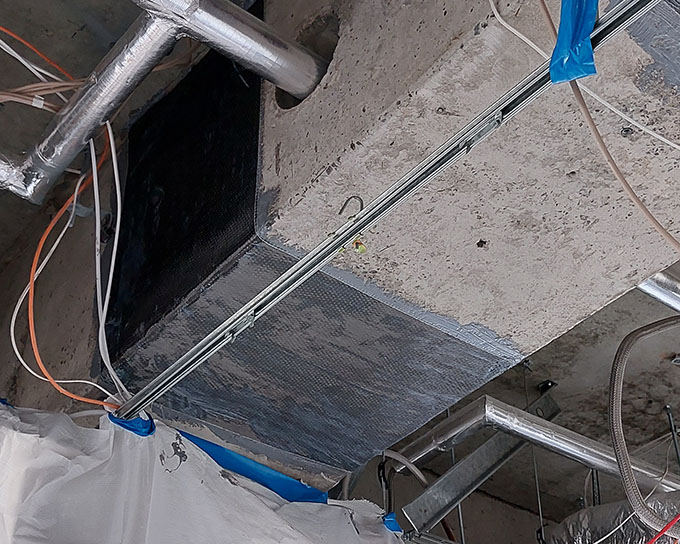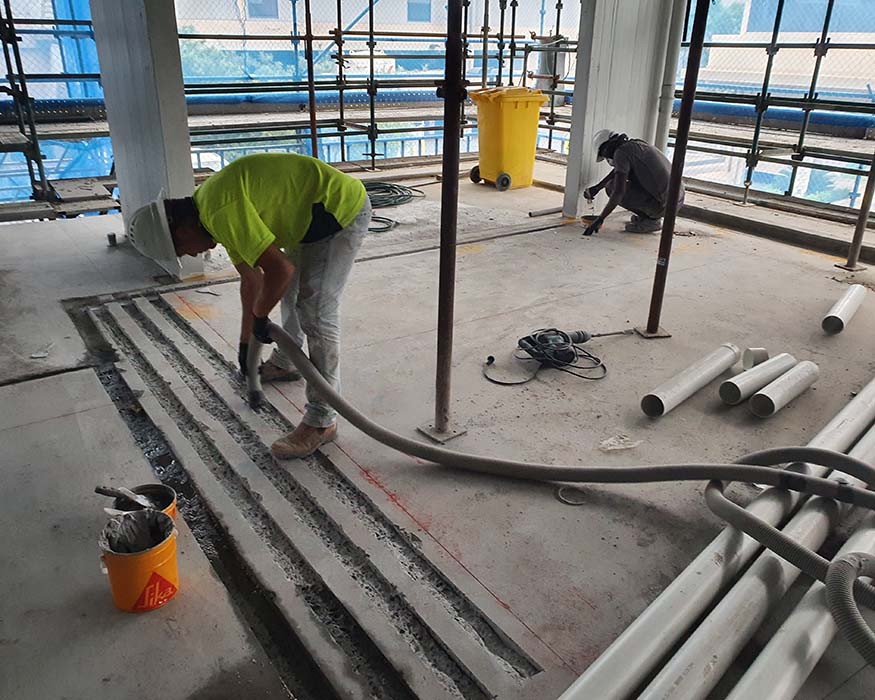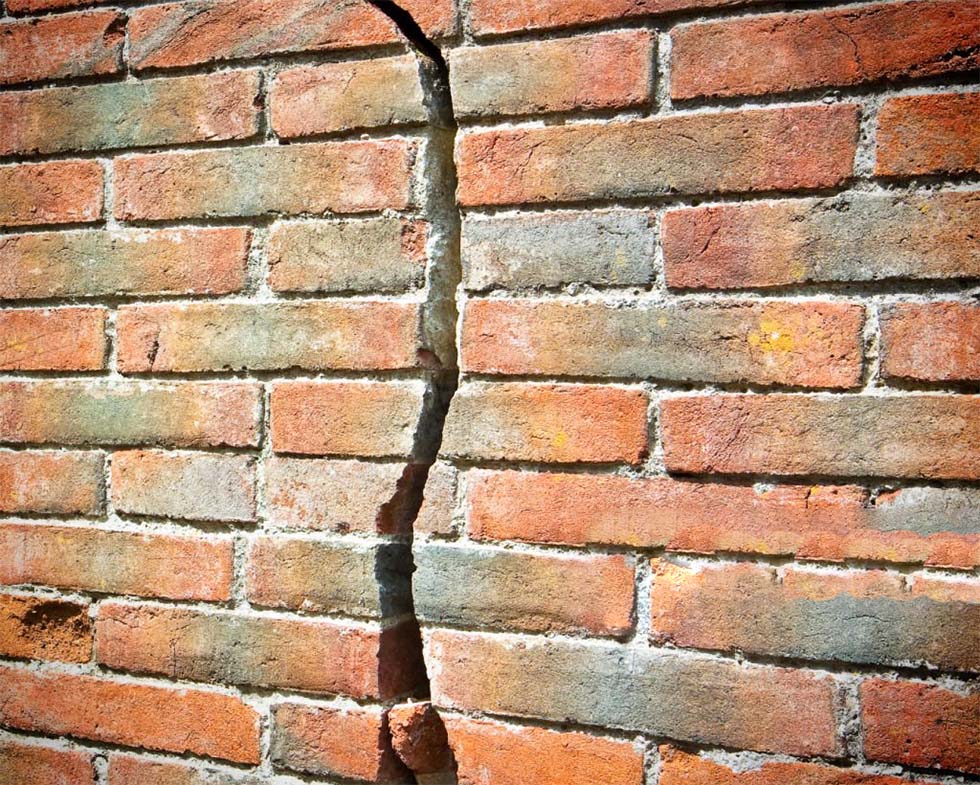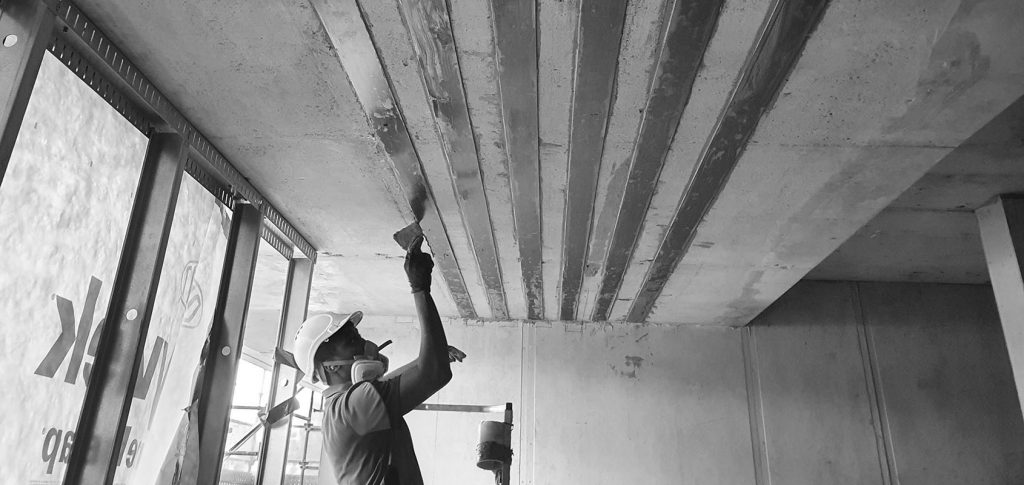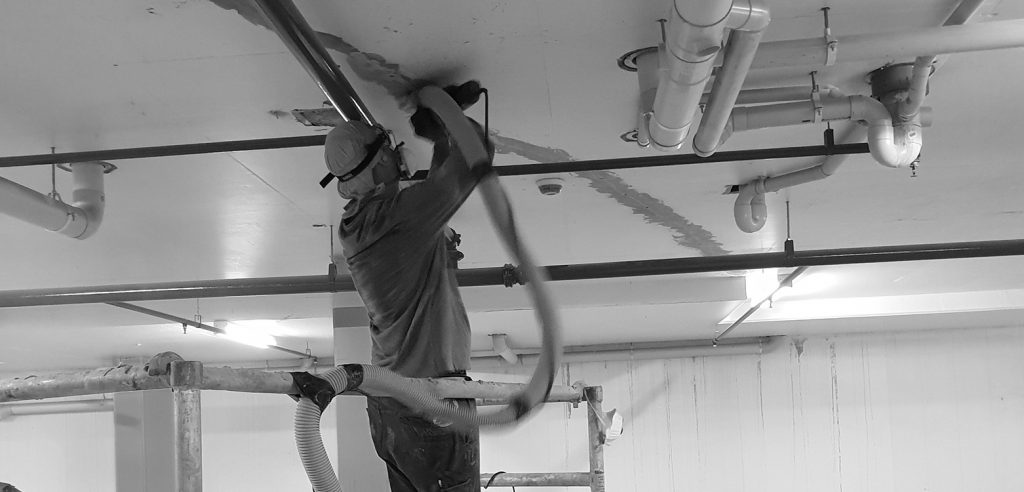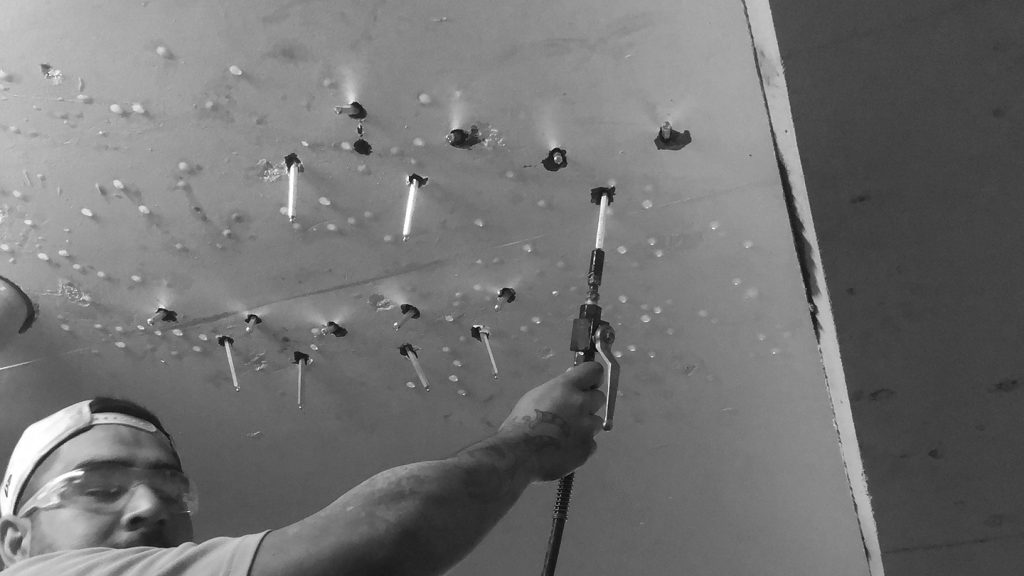In the dynamic landscape of construction, the choice between carbon fibre and traditional reinforcing steel for concrete structural repairs and strengthening is a pivotal decision, impacting not only strength but also the overall cost-effectiveness of the repair project. In this exploration, we delve into the essential considerations, drawing insights from industry expertise and shedding light on how to optimize concrete structural repair costs.
Strength Unveiled: The Power of Carbon Fiber vs. Steel
Carbon fibre stands as an extraordinary contender in the realm of construction materials. Pound for pound, it outshines steel, boasting an impressive tensile strength that is several times greater. To put it into perspective, carbon fibre can be up to ten times stronger than steel, a characteristic that fundamentally transforms the possibilities for strengthening concrete structures.
In comparison to traditional reinforcing steel, carbon fibre’s superior strength presents a game-changing advantage. This enhanced strength allows for the creation of lighter and more streamlined structural strengthening without compromising integrity—a feat that traditional materials often struggle to achieve.
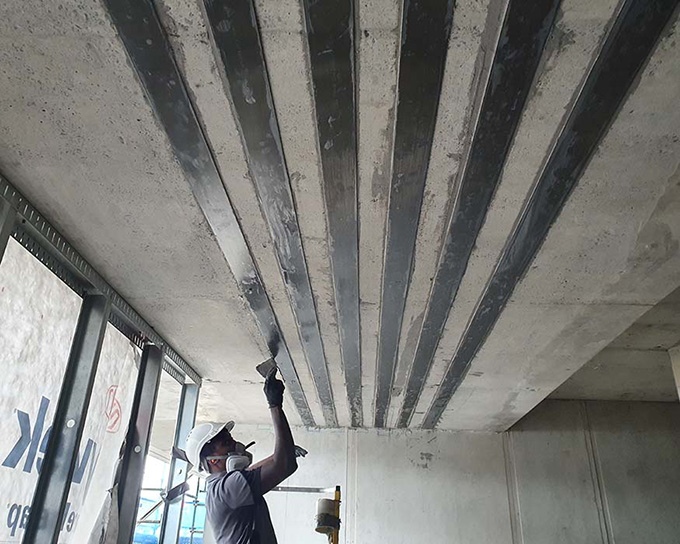
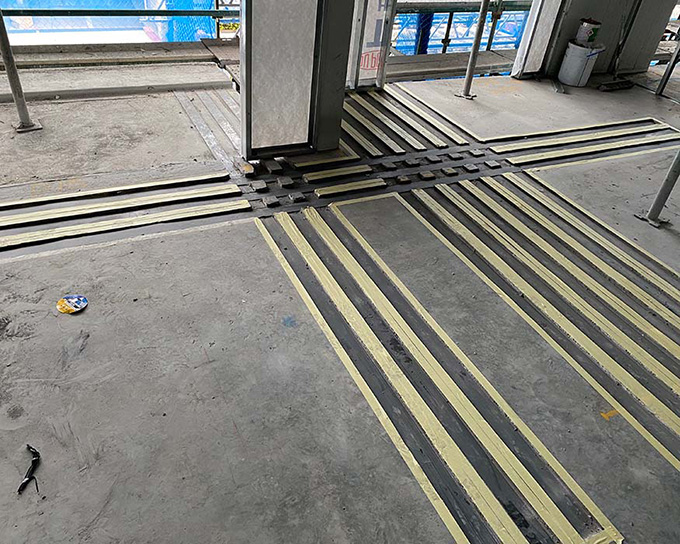
Cost-Effectiveness Redefined: The Economics of Carbon Fiber in Concrete Reinforcement
While the initial cost of carbon fibre may raise eyebrows, it’s crucial to view this investment through the lens of long-term cost-effectiveness. Traditional reinforcing steel, while a stalwart in the industry, may incur ongoing maintenance and repair expenses due to corrosion and other environmental factors. Carbon fibre, on the other hand, is inherently resistant to corrosion, providing a durable solution that significantly reduces the need for frequent interventions.
The cost-effectiveness of carbon fibre extends beyond its resistance to corrosion. Its lightweight nature simplifies transportation and installation, reducing labour and logistical costs. Moreover, the versatility of carbon fibre in various applications—be it strengthening and reinforcing columns, beams, slabs, or foundations—offers a holistic and efficient approach to concrete strengthening and reinforcement.
Comparative Insights: Navigating the Carbon Fiber vs. Steel Terrain
In the pursuit of optimized concrete strengthening and reinforcement costs, a comparative analysis becomes paramount. Drawing insights from industry sources, reveals a nuanced understanding of the strengths and considerations of both materials.
Is carbon fibre stronger than steel? The answer is a resounding yes, with carbon fibre exhibiting superior strength-to-weight ratio, ensuring structures can maintain robustness without unnecessary bulk.
Examining the intricacies of carbon fibre versus steel, we find a compelling narrative. The lightweight nature of carbon fibre and its inherent resistance to corrosion, it stands out as a material with pivotal cost-saving features. The diminished requirements for maintenance and replacements position carbon fibre as a strategic investment for ensuring long-term durability.
Conclusion: Navigating the Future of Concrete Reinforcement
As we navigate the evolving landscape of construction materials, the choice between carbon fibre and reinforcing steel transcends the immediate project cost. It’s a strategic investment in the durability and longevity of structures, influencing long-term maintenance and repair expenses.
Carbon fibre, with its unmatched strength and inherent cost-effectiveness, emerges as a formidable contender in the quest to optimize concrete strengthening and reinforcement costs. While steel has long been a stalwart in the industry, the evolution of construction materials invites us to reconsider traditional norms and embrace innovative solutions for a resilient and economically sound future in concrete structural reinforcement.



